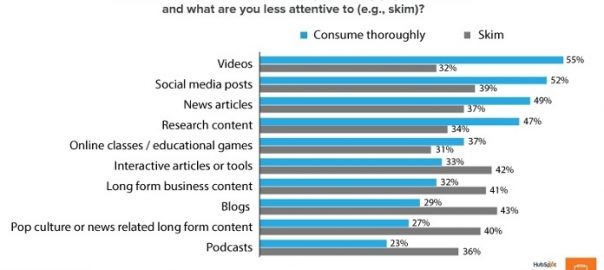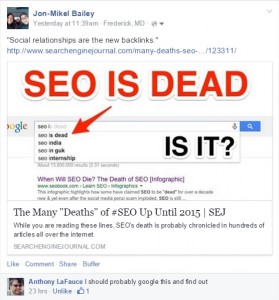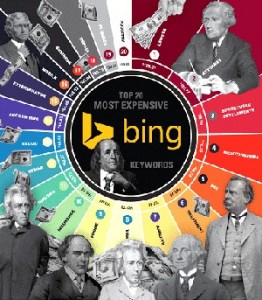— July 21, 2017

Video content receives special treatment on the Internet, and rightfully so, because it has asserted its dominance over other types of online content. In July 2014, Google updated their algorithm to put more weight on video content to make it appear even more often.
The directory for video content is so large that Google decided it deserved its own tab in Google search results.
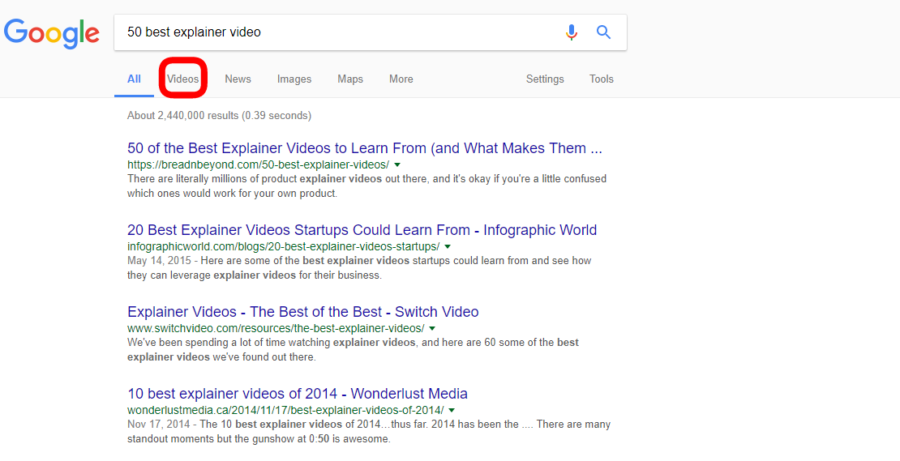
Due to popularity, optimized videos can make an incredible contribution to your website’s performance in search engines.
Here are the reasons why.
Aside from content, quality, shareability, and relevance, a video needs to be optimized from an SEO standpoint. When you do that properly, you’ll get fresh SEO juice coming your way.
1. Rank higher in Search Engine Result Pages (SERPs).
The latest algorithm, Google Hummingbird, gives preference to websites with video content, and even more so if they use rich video snippets. However, Google tends to prioritize video snippets from YouTube as opposed to other video hosting platforms.
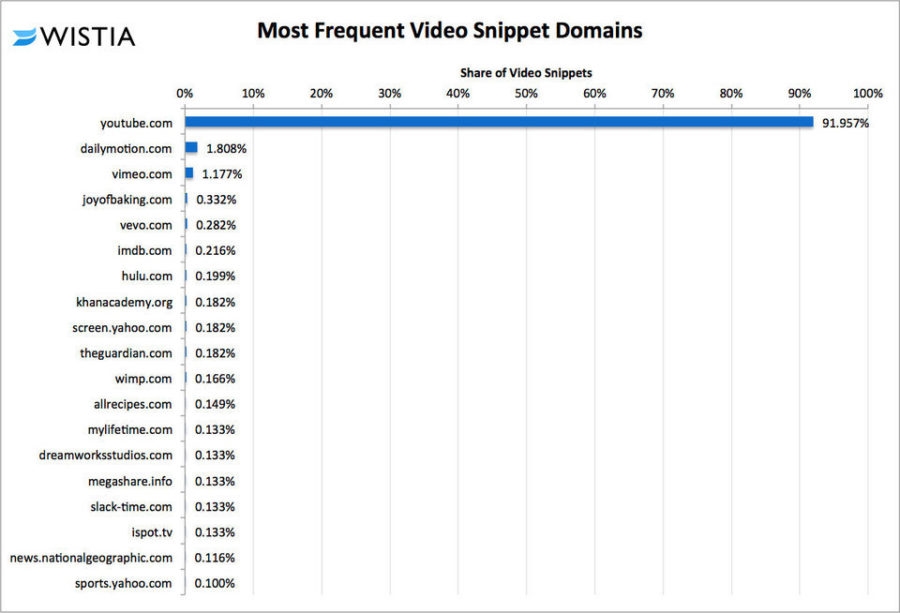
The theory: Since YouTube is a Google subsidiary, Google wants to make YouTube the source of the majority of video results in Google search. It will send more traffic to YouTube, get more companies to put all their videos on YouTube and thereby sell more ads. Makes sense?
The takeaway here is you should put your videos up on YouTube just for the SERPs exposure they can get for any popular search topic where you’re trying to cement your brand as a key player.
2. Get quality backlinks.
YouTube on its own is a god-tier domain with impeccable domain authority. You can throw your website address in the video description and hope the click-through-rate will rise, or you can optimize it so people are tempted to click.
To do that, pair up your video with valuable content that will get your viewers to click. This applies to all websites your videos are published on, not limited to YouTube.
3. Maximize audience retention.
Video, by its nature, is both engaging and overwhelming, depending on how you execute it. A short video that packs a punch is way better than a lengthy video that has its content all over the place.
You also need to make sure that the video title is short and accurate, and the content is concise, clear, and interesting to keep people around.
4. Enhance click-through rates.
According to a HubSpot survey, people consume videos most “thoroughly” among other types of content like social media posts, news articles, research content, etc.
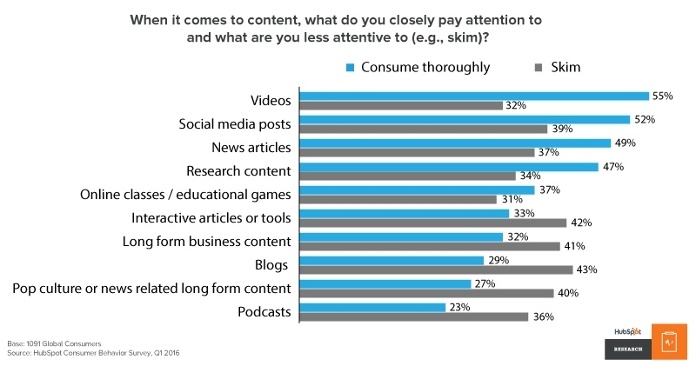
You can leverage this by inviting people to go to your website using annotation in between scenes, as long as it doesn’t feel forced. For example, if your video is about your company’s newest line of tees, you should not link to your company’s article about haircuts.
5. Trigger social signals.
Social signals such as likes, shares, upvotes, and downvotes can indicate how viewers think of your video. Receiving positive social signals will get your video to its peak popularity and therefore tell search engine crawlers, “This video is good. Put it on top,” or something along that line. In addition, videos with many likes and shares on social media (i.e., viral videos) are more likely to get featured on many different websites. That equals more exposure and backlinks, which add up to SEO juice.
Where Should I Host My Videos?
There are a plethora of video hosting sites on the Internet, although you might not have heard of most of them due to YouTube outshining them.
To answer this question, you need to come back to what you are trying to achieve with your videos. Let’s assume there are two different goals.
1. Conversion
In a sense, all aspects of content marketing are designed to improve conversion. But what I’m addressing here is the content that’s explicitly made to increase the number of people going from A to B.
Examples might be videos for product pages (get people to buy), a homepage explainer video (get people to visit your website), or a video encouraging subscriptions to a mailing list (get more leads).
Conversion-oriented videos naturally complement a specific page to serve a certain purpose. That means that when taken out of context, the video might lose its value. Therefore when you make a video for conversion, you should host it on third-party hosting sites like Wistia.
I recommend using third-party platforms because most of them let you take the control of where your video will be. Plus, they have more in-depth analytics that you can use to decide what’s working and what’s not.
2. Brand Awareness
This one is quite clear. If your goal is to gain exposure and getting your name out there, the best option is to host on a platform that has high visibility across search engines and social media, which is YouTube.
Videos to improve brand awareness typically take the form of creative stories—videos designed to be shareable and to promote core messages that reinforce positive association.
Digital & Social Articles on Business 2 Community
(55)
